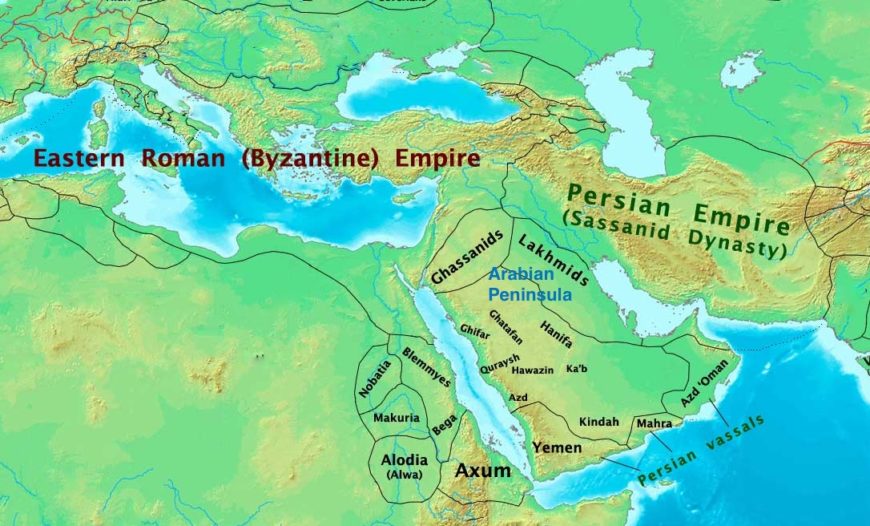I. Pre-Islamic Near East: An Overview

The Pre-Islamic Close to East is a verifiable period that alludes to the time before the ascent of Islam in the district, which envelops the region from the Eastern Mediterranean to the Iranian level. This period ranges from the fourth thousand years BCE to the seventh century CE, during which different developments arose and prospered, leaving an enduring effect on the district’s way of life, governmental issues, and religion.
One of the earliest civic establishments to arise in the Close to East was Sumer, situated in present-day southern Iraq. Sumer was trailed by the Akkadian, Babylonian, and Assyrian domains, which all made huge commitments to the improvement of composing, writing, and regulation.
In the sixth century BCE, the Persian Realm arose, an enveloping a tremendous area from the Mediterranean to the Indus Waterway. The Persian Domain was known for its effective organization and its resilience of different societies and religions.
During this period, the Close to East was likewise home to critical strict turns of events, including the development of Judaism, Christianity, and Zoroastrianism. The locale was likewise affected by the old Greek and Roman civic establishments, which essentially affected craftsmanship, reasoning, and legislative issues.
In general, the Pre-Islamic Close to East was a time of critical social, political, and strict turn of events, laying the foundation for the ascent of Islam and molding the district’s set of experiences long into the future.
Political, Social, Social, Strict and Financial Circumstances in the Close to East
counting Arabia before the beginning of Islam
Political: The Close to East was described by various political designs, going from city-states to realms. These designs were much of the time characterized by an arrangement of governments and majestic rule, with the decision elites frequently being of respectable plunge. Wars and clashes were normal, as various countries went after power and assets.
Social: The social design of the Close to East was profoundly delineated, with a little noble class controlling a large portion of the riches and influence. Subjugation was additionally far and wide, with oppressed individuals being utilized for work and homegrown work. Social progressive systems were in many cases in light of parentage, ancestral alliance, or strict character.
Social: The Close to East was home to a rich and various social legacy, with an assortment of imaginative, scholarly, and scholarly customs. These practices were much of the time impacted by the district’s geology, history, and religion, and fluctuated fundamentally between various countries and networks.
Strict: The Close to East was a strictly different district, with different polytheistic, monotheistic, and dualistic religions being polished. A portion of the significant religions that arose in the Close to East incorporate Judaism, Christianity, Zoroastrianism, and Manichaeism.
Monetary: The Close to East was portrayed by various financial frameworks, going from resource farming to global exchange. Exchange was a huge wellspring of riches and influence, with numerous urban communities and domains being based on the shipping lanes that jumbled the district. Subjugation was likewise a critical piece of the locale’s economy.
Before the beginning of Islam, Arabia was a generally ancestral society with a migrant way of life. The Middle Eastern Landmass was home to various clans and tribes, each with its own unmistakable culture and customs. The economy of Arabia depended on exchange, with the significant urban communities of Mecca and Medina filling in as significant business places. Religion was likewise a huge piece of Middle Eastern culture, with different polytheistic religions being drilled. The Kaaba in Mecca was a significant journey site, and the city of Mecca was home to various persuasive strict pioneers.